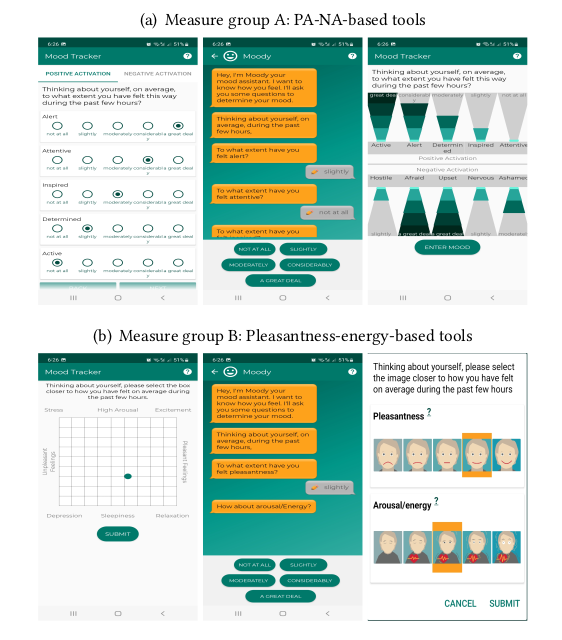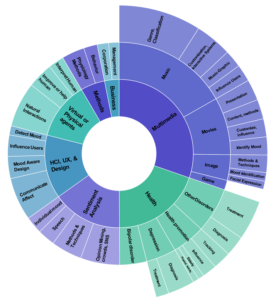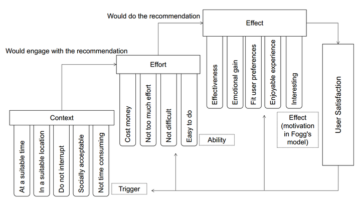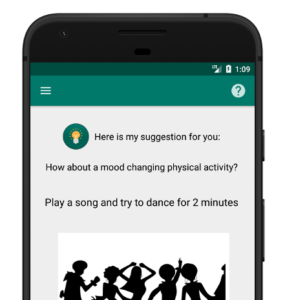Abstract
Mood, often studied using smartphones, influences human perception, judgment, thought, and behavior. Mood measurements on smartphones face challenges concerning the selection of a proper mood measure and its transfer, or translation, into a digital application (app) that is user-engaging. Addressing these challenges, researchers sometimes end up developing a new interaction design and modifying the classic mood measure for an app. However, the extent to which such design alterations can impact user compliance, user experience, and the accuracy of mood measurements throughout a mood self-tracking study is unclear. In this paper, we explore and investigate how the selection of a mood measure (from two widely used measures) and its design alteration (from three options of classic, chatbot, and interactive designs) impact the (i) validity, (ii) user compliance, and (iii) user experience of mood measurement apps. For this purpose, we conducted a hybrid study with a mixed design in three parts. The first part suggests that a measure’s validity can be susceptible to design modifications and introduces the concept of measure’s resilience which can be essential when modifying the interaction design of a measurement tool. The second part discovers that both the type and design of the chosen measure can impact user compliance. This part also portrays a more complete picture of user compliance by demonstrating the use of several variables to investigate compliance. This investigation reveals that user compliance is not just about the response duration or length of a measurement tool. The final part finds that a measure or its design does not significantly influence the user experience for a well-designed app. In this part, we also discover which user experience criteria are more impactful for improving user compliance when designing mood tracking (or mood self-tracking) tools. Our results further suggest that, for a resilient measure, the interactive design is more likely to attract users and have higher user compliance and satisfaction as a whole. Ultimately, choosing a measure or design alternative would be a three-way trade-off between the measure’s validity (or accuracy), user compliance, and user satisfaction, which researchers have to prioritize. A successful mood measurement with a smartphone needs to balance both concepts of app quality and assessment quality.
Cite
Helma Torkamaan. 2023. Mood Measurement on Smartphones: Which Measure, Which Design?. Proc. ACM Interact. Mob. Wearable Ubiquitous Technol. 7, 1, Article 29 (March 2023), 35 pages. https://doi.org/10.1145/3580864





